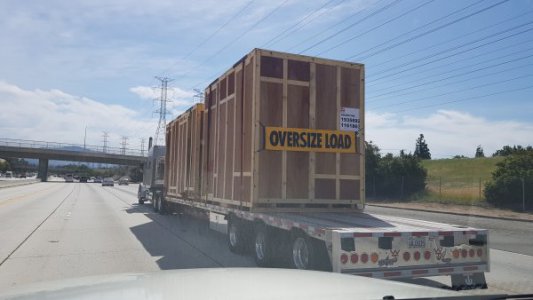- Joined
- Mar 26, 2018
- Messages
- 2,725
Not sure? I've definitely seen it happen with a 1/4" endmill on an ER20 holder. I use a solid nut, a clean dry collet, a clean dry chuck, and a lightly oiled nut when assembling. I hope that the oil on the nut taper reduces this twisting effect.
John Saunders at NYCCNC also has a video where he explains that you can torque a chuck halfway and then indicate the endmill true by tapping it with a soft metal bar (copper). After it is true you can torque it all the way down. This is important for small tools where 5 tenths of runout might be equal to the desired chipload where 1 tooth would end up not cutting and the other cuts double.
John Saunders at NYCCNC also has a video where he explains that you can torque a chuck halfway and then indicate the endmill true by tapping it with a soft metal bar (copper). After it is true you can torque it all the way down. This is important for small tools where 5 tenths of runout might be equal to the desired chipload where 1 tooth would end up not cutting and the other cuts double.




